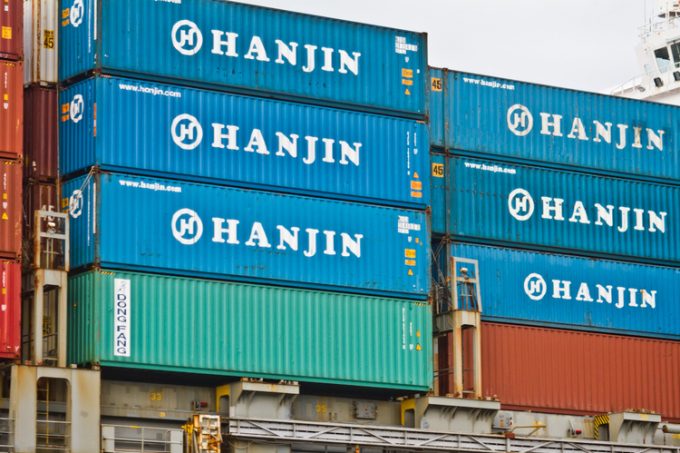'Choosier' shippers want more visibility as supply chain pain points shift
Shippers want more visibility “to be proactive” in areas other than transportation, but investment remains ...

As the industry begins to learn lessons from the demise of Hanjin, it is clear that the location of containers will be the priority for forwarders and shippers seeking to mitigate the effect of future collapses.
A recent critique from Damco emphasises visibility in the supply chain and that contingency planning ...
CMA CGM South Korean staff strike over bonuses after bumper 2024 profit
'Another painful headache for shippers' as Asia-N Europe rate rally ends
Amazon Air Cargo partners-up for new transpacific route into the US
MSC switches two more Asia-Europe port calls from congested Antwerp
Ports and supply chain operators weigh in on funding for CPB
Nightmare for Bangladeshi exporters as congestion and tariffs bite
Carriers introduce surcharges as congestion builds at African ports
CMA airline returns two freighters, while ANA takeover of NCA looms

Comment on this article